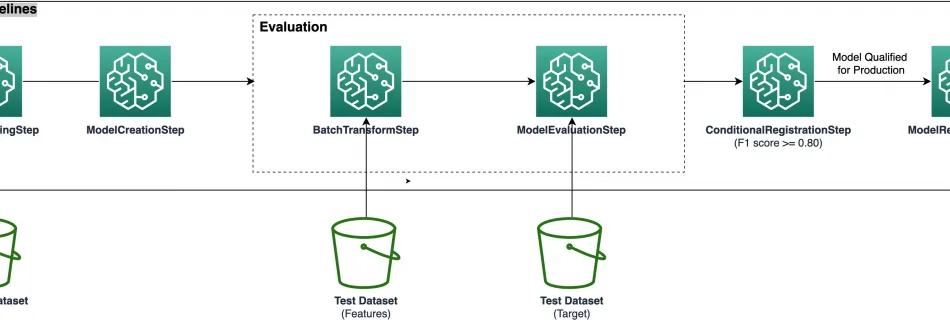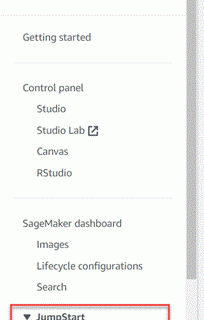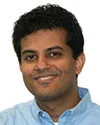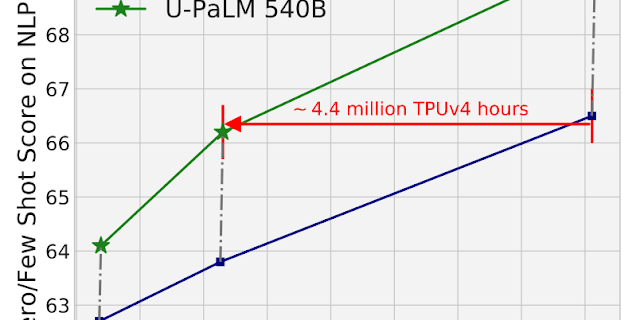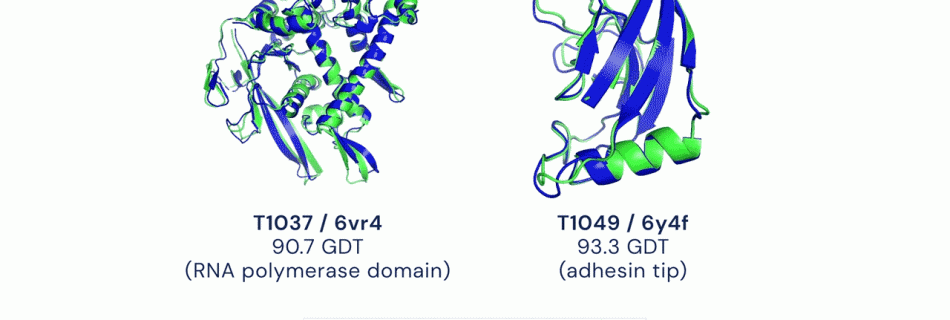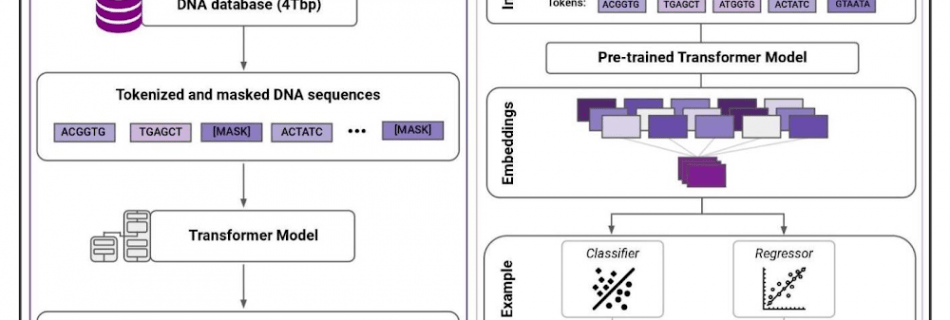Stability AI builds foundation models on Amazon SageMaker
We’re thrilled to announce that Stability AI has selected AWS as its preferred cloud provider to power its state-of-the-art AI models for image, language, audio, video, and 3D content generation. Stability AI is a community-driven, open-source artificial intelligence (AI) company developing breakthrough technologies. With Amazon SageMaker, Stability AI will build AI models on compute clusters …
Read more “Stability AI builds foundation models on Amazon SageMaker”

